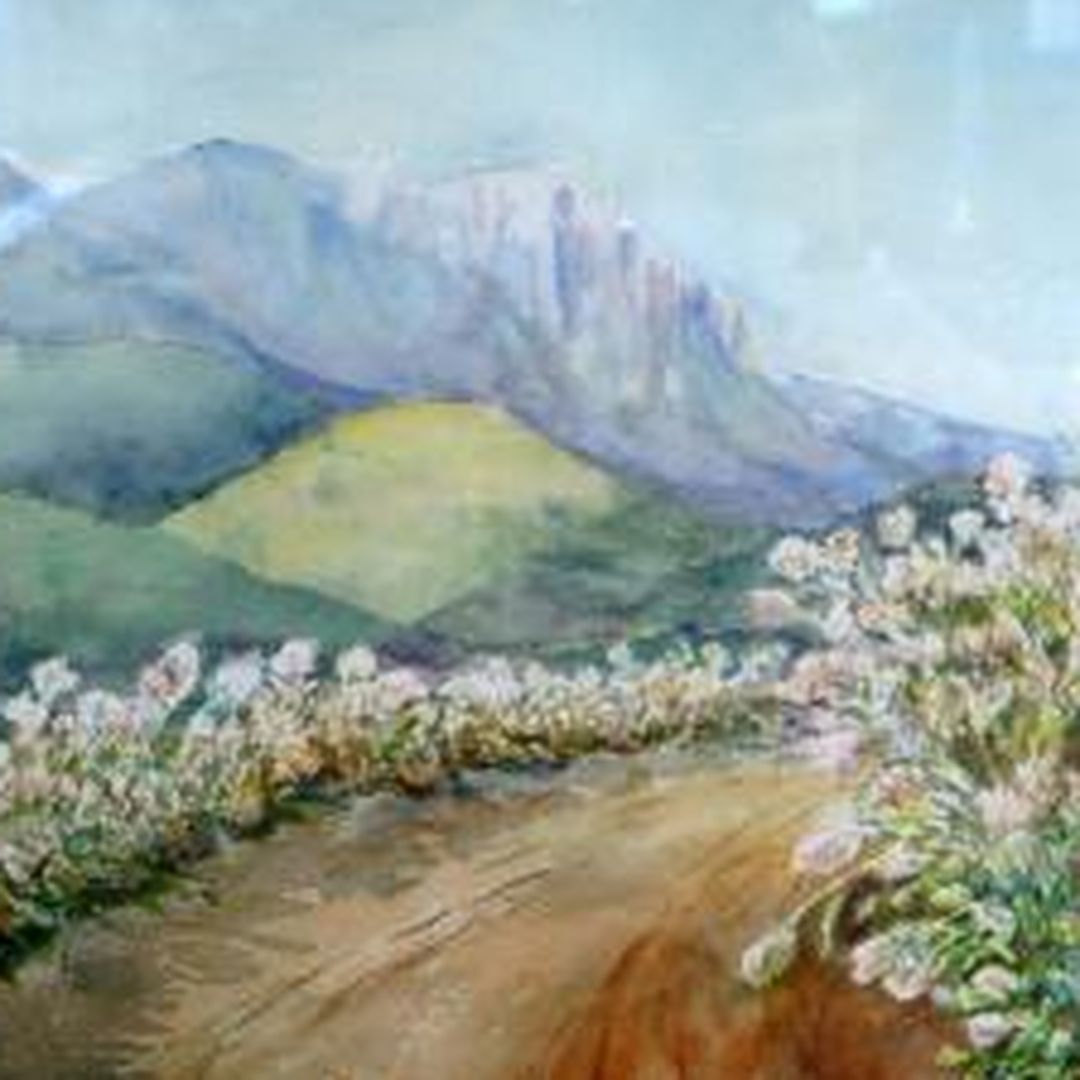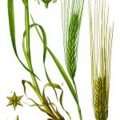Minnie Aumônier
Sugar Sweet Poetry
June 2, 1865
Today is the birthday of the artist, costume designer, poet, and writer Minnie Aumônier ("o·mo·nyé").
Over the years, Minnie’s life story has passed into obscurity, although we know she was born into an artistic family. In 1876, her father, William, founded an architectural sculpture firm in London known as Aumonier Studios. Her Uncle James was a painter.
Minnie wrote some beautiful verses about the garden. One of her verses says,
“There is always music amongst the trees in the garden, but our hearts must be very quiet to hear it.”
Minnie was romantic and sentimental. Her poetry is sugar sweet and winsome - the kind of verse that ends up on garden art - like this verse:
“When the world wearies and society ceases to satisfy, there is always the garden.”
This post was featured onThe Daily Gardener podcast:
helping gardeners find their roots,
one story at a time




